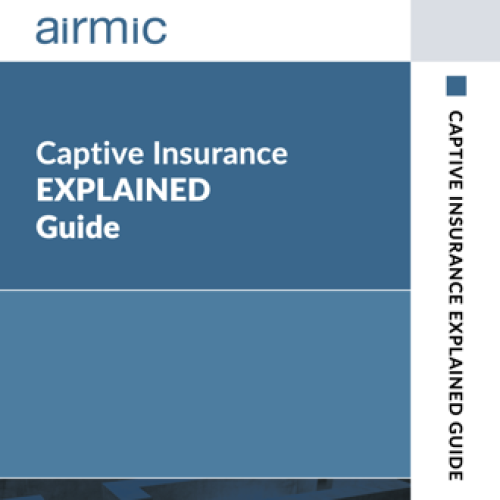EXPLAINED Guide: Captive insurance
Overview
In the UK and Europe, post Solvency II implementation in 2016 and in the midst of an extended ‘soft’ market, there was scrutiny on the relevance and need for captive strategies, outside of the largest companies.
The costs of running a captive had increased, investment returns were low, there was more scrutiny from tax authorities and bodies such as the OECD, and the commercial insurance market was a cost-effective place to transfer risk. Captives were still relevant and well utilised, but new formations on this side of the pond were rare and there was consolidation and closures in some instances.
That all started to change in 2019 as the first signs of a hardening insurance market appeared.
Professional indemnity and D&O were first to bite hard, then other lines followed. Property and cyber remain particularly problematic, while insurers continue to tighten their belt and remain conservative across most lines.
Guernsey benefited from several captive and cell formations in 2019 and 2020 in response to the professional indemnity market hardening, while the D&O crisis prompted a new debate on whether this cover represents a suitable risk for captives to insure with Side A exposures starting to be underwritten into cell captives.
- Fill out an application Our membership manager will assess your eligibility against our criteria.
- Complete your profileIf you are eligible for membership you will be asked to answer a few questions about yourself.
- PaymentYou can make payment online using a card or request an invoice.

